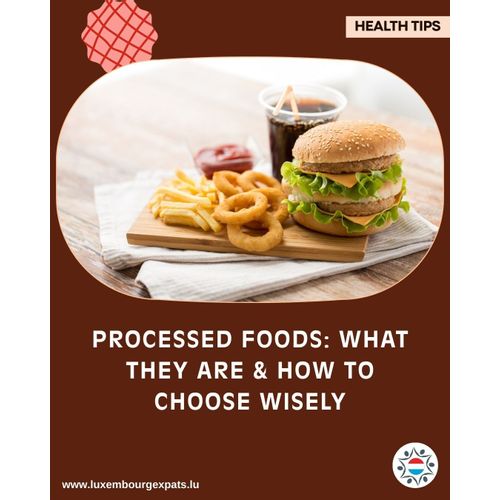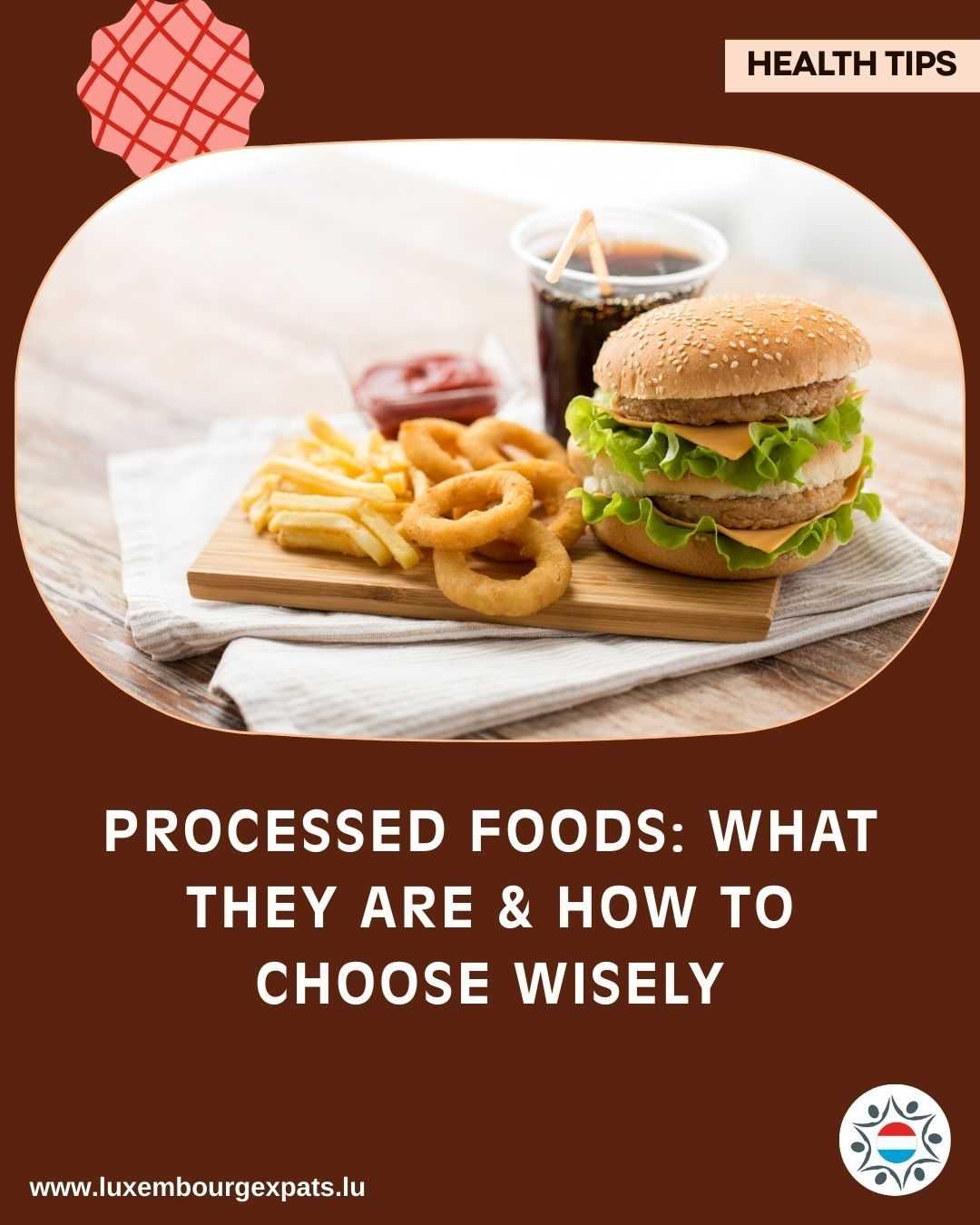Processed Foods Explored: Understanding What They Really Are and How to Navigate Them
LuxembourgPosted on 14 August 2025 by TeamWhat Are Processed Tips?
Processed foods range from minimally altered ingredients to industrially manufactured products that bear little resemblance to their natural origins. The NOVA classification—widely used in health research—categorizes foods into four levels based on processing:
- Unprocessed or minimally processed foods: whole fruits, vegetables, grains, eggs, and fish.
- Processed culinary ingredients: items like oils, salt, sugar, and butter used for cooking.
- Processed foods: simple combinations of unprocessed foods with culinary ingredients—examples include cheeses, canned vegetables, and freshly made bread.
- Ultra-processed foods (UPFs): intensive, industrial formulations with additives uncommon in home kitchens—think sugary cereals, ready meals, soda, chips, and flavored yogurts.
What Makes UPFs So Addictive
UPFs are engineered to be hyper-palatable—they pack sugar, salt, fat, and artificial flavors in a way that hijacks the brain’s reward pathways, encouraging overconsumption.
How Much Gets Consumed?
A recent CDC report found that from mid-2021 to mid-2023, an average of 55% of daily calories consumed by Americans age 1 and older came from ultra-processed foods. Kids and teens topped the list at 62%, while adults averaged 53%. Despite being high, these numbers show a slight decline from prior years. Sandwiches (including burgers), sweet baked goods, savory snacks, and sugary drinks are the leading contributors to UPF calories.
Health Risks Associated with UPFs
Numerous studies link high intake of ultra-processed foods with hypertension, obesity, heart disease, type 2 diabetes, certain cancers, and even higher overall mortality. Consuming these foods often results in consuming hundreds of extra calories daily, with fewer essential nutrients and more sugar, sodium, and unhealthy fats.
Are All Processed Foods Bad?
Not necessarily. Many packaged foods offer practical nutrition and convenience—whole-grain cereals, canned beans, frozen fruits, and yogurt can be part of a balanced diet if chosen wisely. The key is differentiation, not complete avoidance.
New Evidence from Research
A recent eight-week clinical trial showed that participants who eliminated UPFs and opted for minimally processed alternatives lost double the body weight—even with diets matched for macros and calorie content. This suggests components in UPFs may directly promote excess calorie intake and weight gain.
Takeaways for Healthier Choices
- Know your categories: Use the NOVA framework to identify ultra-processed foods.
- Prioritize whole foods: Fresh fruits, vegetables, legumes, and lean proteins remain the healthiest staples.
- Be label-savvy: Watch for long ingredient lists, added preservatives, sweeteners, and unfamiliar chemical names.
- Allow occasional indulgence: UPFs aren’t forbidden—just keep them occasional, not foundational.
Read More: What are processed foods? Experts break down their impact on health
Join the Luxembourg Expats Community luxembourgexpats.lu
I am your contact
Team
Chat









